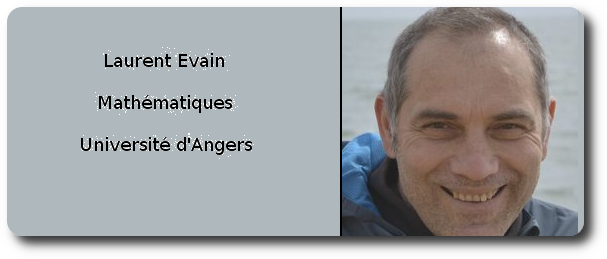Translating Objects¶
Hooks¶
The paradigm used to translate an object is that of hooks. A hook is like a mark done on a piece of wood by a carpenter. This mark will move with the object and you can use it as a reference for your future work. The good point with hooks is that we talk about geometric points on the objects and they make sense whatever the position of the object in the global space.
Let’s go to practice. We show how to put a cube on top of an other cube using hooks.
redCube=Cube(2,4,6).colored("Red")
redCube.add_hook("top",point(1,2,6)) # usually done at creation time when the coordinates are easy to understand
redCube.add_hook("center",point(1,2,3)) # an other hook. The active hook of redCube is "center" as it is created. The previous hook "top" is still known but not selected.
redCube.hooked_on(point(2.2223,3.5672,4.345)) # moves the hook "center" to a random destination point and the cube follows
greenCube=Cube(1,2,3).colored("Green")
greenCube.add_hook("bottom",point(.5,1,0))
redCube.select_hook("top") # we change the active hook
greenCube.hooked_on(redCube) # sends the active hook "bottom" of greenCube to the active hook "top" of redCube
The important point here is that we have postionned the greenCube without using the global coordinates of the redCube. In particular, you can change the random coordinates of the fourth line, the following will remain OK and the green cube will stay on top of the red one. This is because the hook is a coordinate free approach and this makes your code robust and easy to maintain.
Note in the above example that the syntax takes 2 forms:
object.hooked_on(point)
object2.hooked_on(object1)
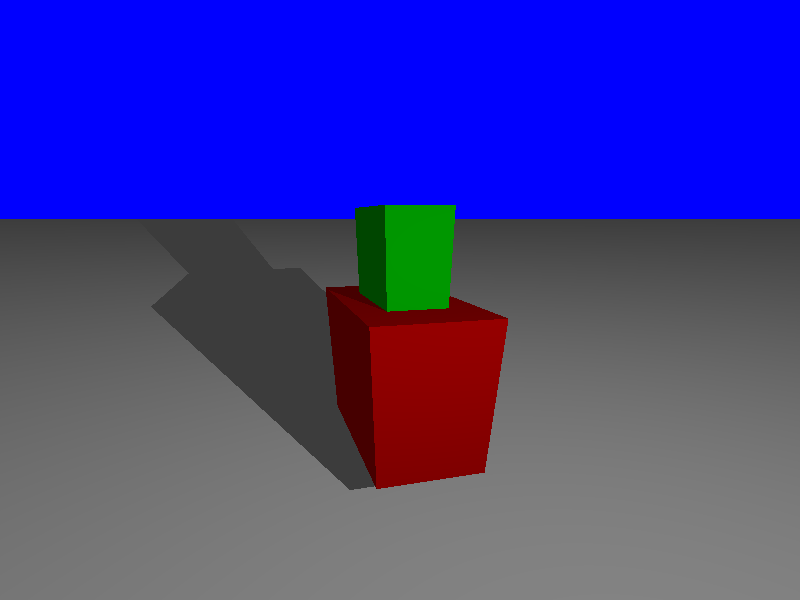
More markers and translations¶
Sometimes, you want to put a marker on your object which is a line rather than a point. A typical example is when you want to open a drawer : you translate the drawer along a prescribed line attached to the drawer.
To move your drawer, you have the fonction self_translate. You first add the marker to your object. Then self_translate makes a translation along the vector attached to the object. If you move the object, the marker will move with the object and you keep the same code to open your drawer.
Here is the code and the images.
yellowDrawer.add_axis("axis",line(origin,origin+Y)) #The vector of the axis is v=Y
camera.shoot
camera.pov_to_png
#camera.show
yellowDrawer.self_translate(-.1) # moves by -.1*v=-.1*Y
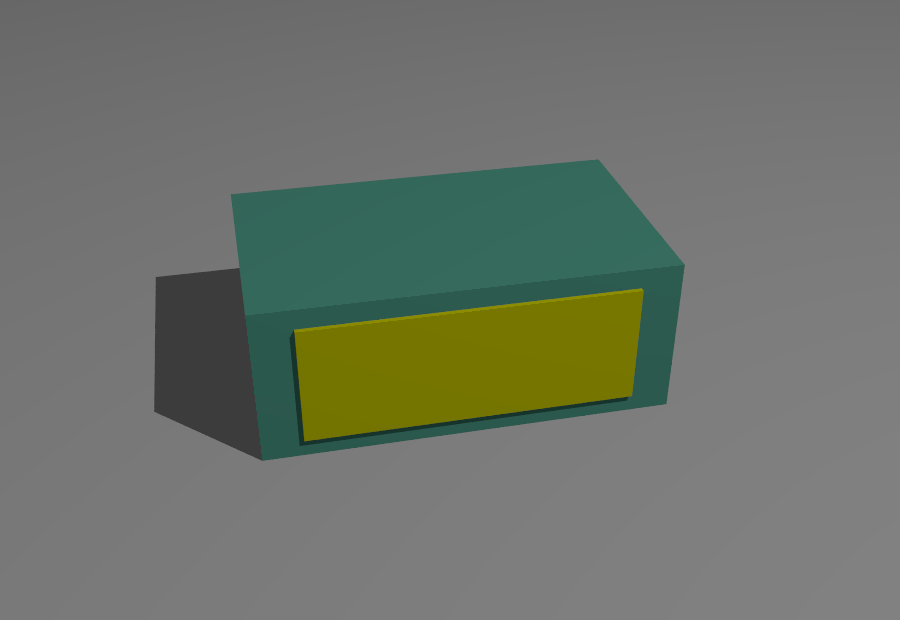
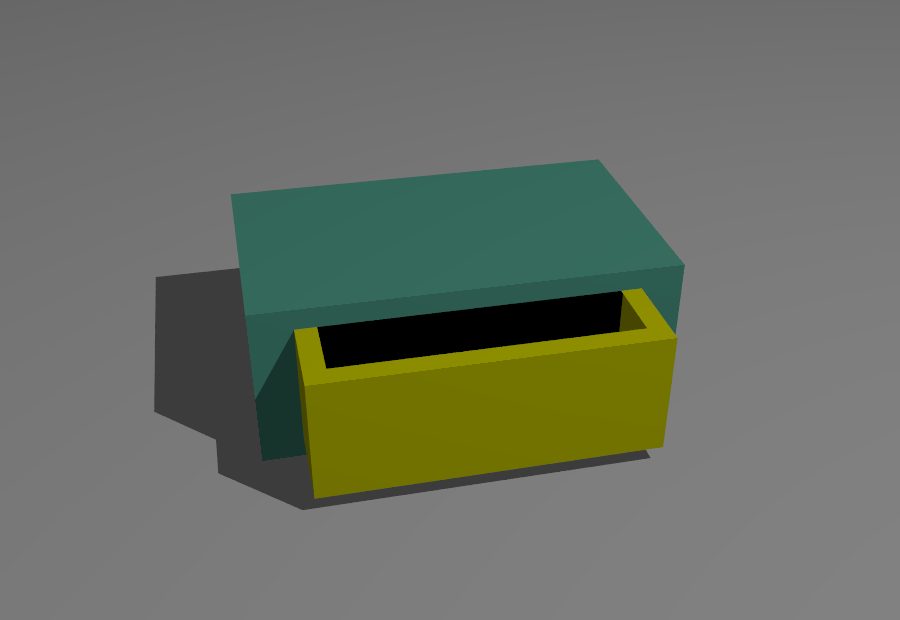
Finally, you can use the translations with goals, hence the names gtranslate and self_gtranslate. Typically used on a race, you want to move a runner till he arrives at the same level of an other runner. Or for instance when we want to fully open the previous drawer and stop exactly at the moment the drawer is outside the box.
yellowDrawer.select_hook("back") # A point in the back of the drawer
greenBox.select_hook("front") # A point in the front of the greenBox
yellowDrawer.self_gtranslate(greenBox)
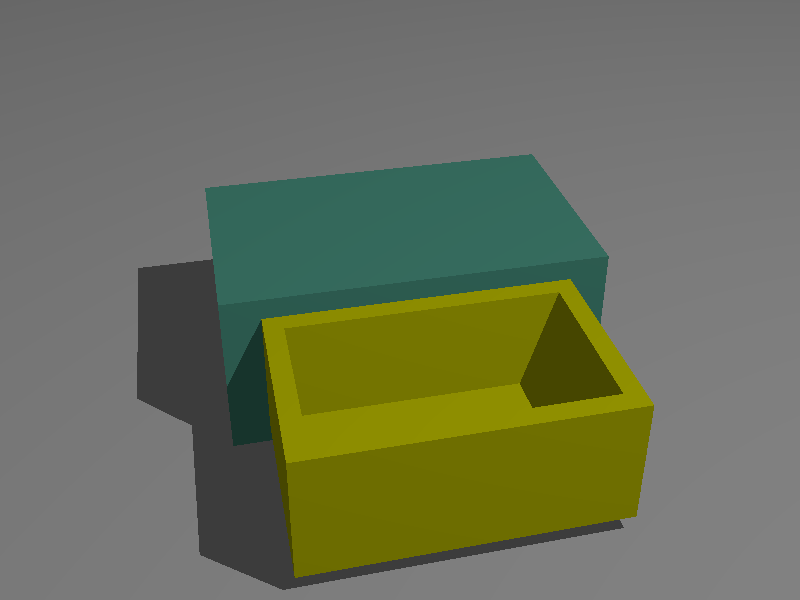
The syntax is
c.gtranslate(vec,start,goal)
c.self_gtranslate(self,goal) #
The first instruction translates c along a translation t with vector v such that t(start),goal are in a common plane orthogonal to v. Start and goal are possibly a point or an obect with an active hook.
The second instruction does the same thing using implicitly vec=c.axis() and start=c.hook()
